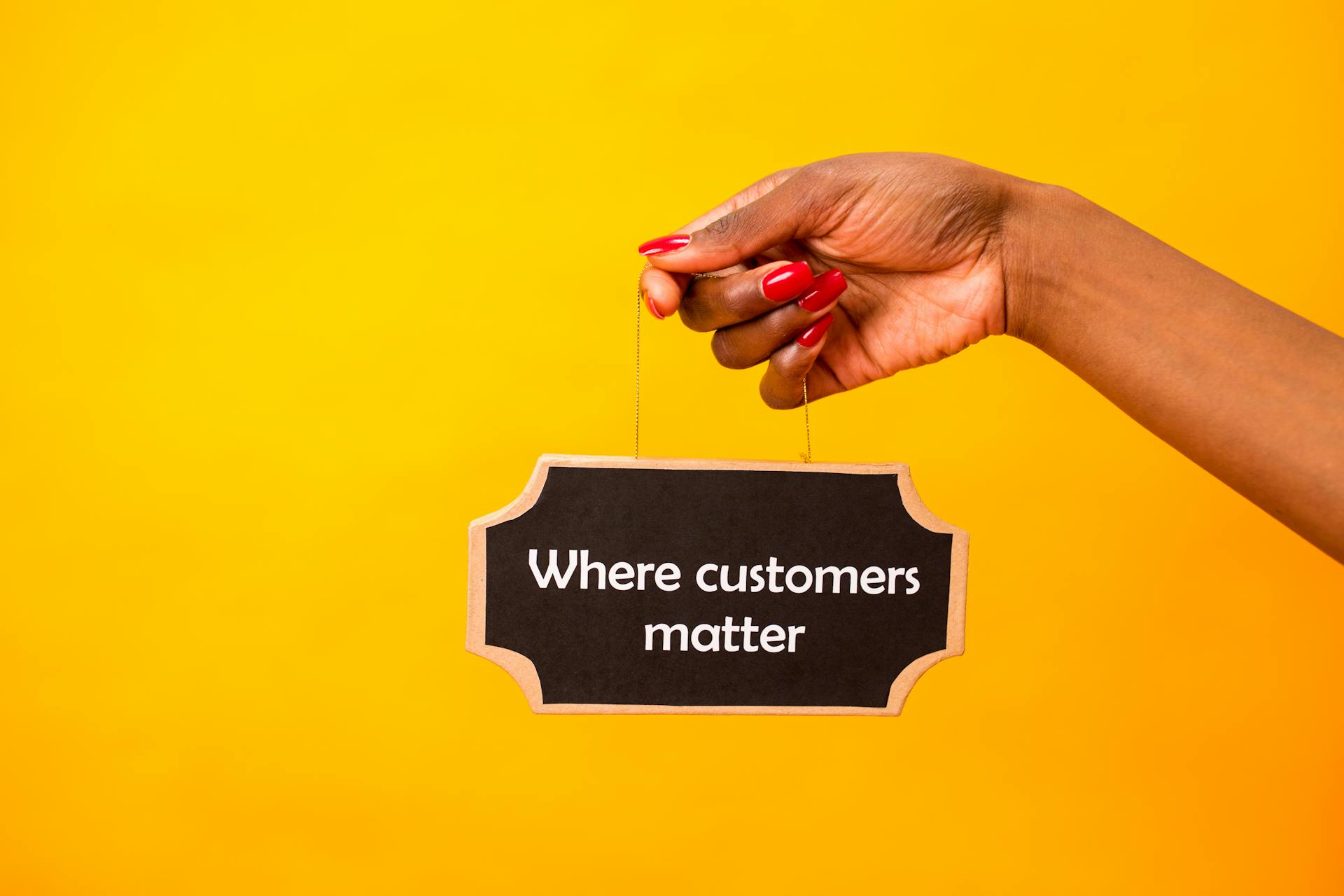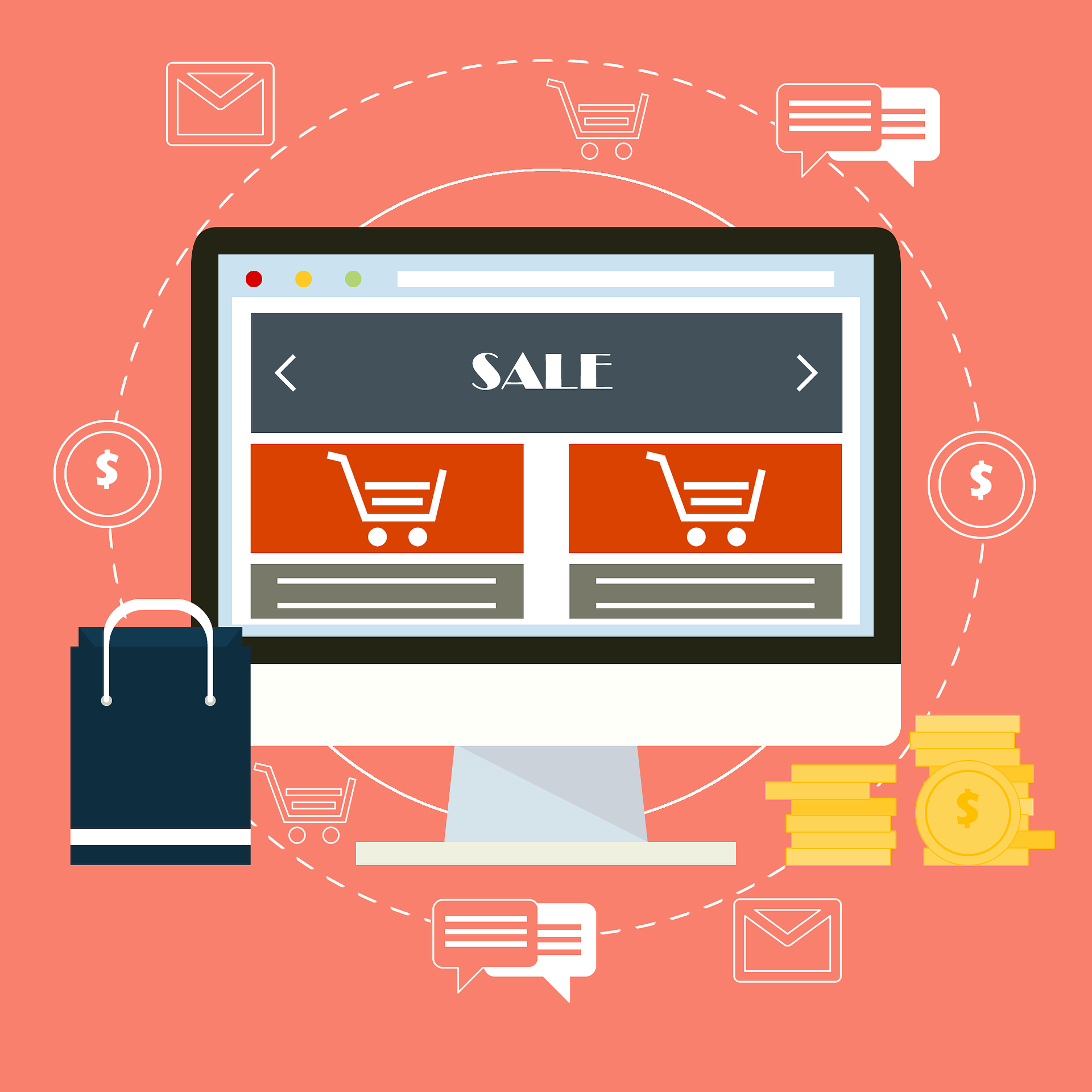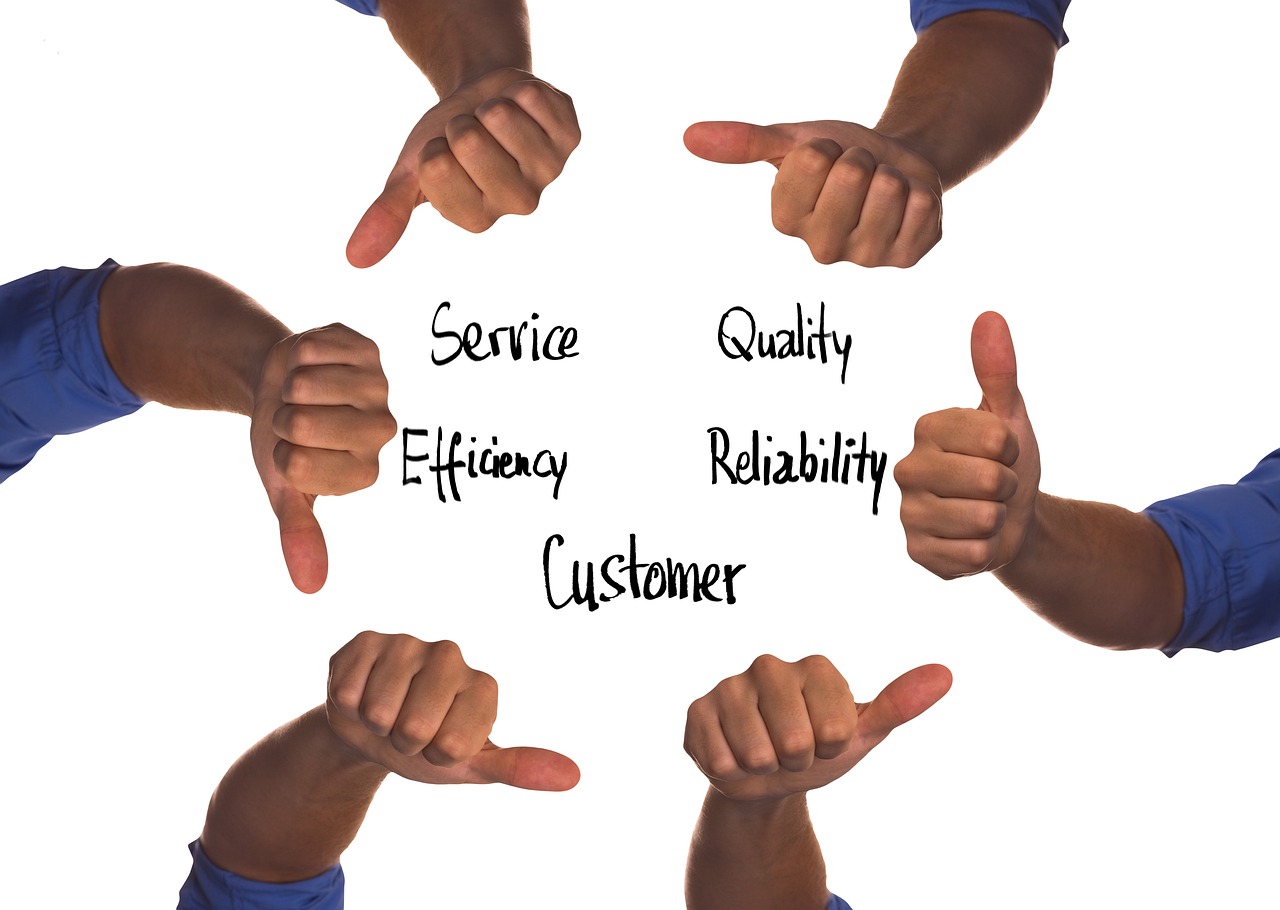Speed is the missing link in ecommerce customer retention. Learn why site performance impacts customer loyalty, how slow checkouts kill repeat purchases, and which customer retention strategies can improve customer satisfaction and long-term growth.
Key Takeaways
→ Speed drives loyalty: Returning customers expect faster, smoother experiences—slow pages kill customer retention faster than competitor discounts.
→ Retention beats acquisition: Repeat buyers spend more, buy more often, and cost less to keep than new customers.
→ Optimization is ongoing: Speed must be part of your customer retention strategies—test weekly, monitor returning-user flows, and streamline loyalty and subscription integrations.
The Overlooked Truth About Ecommerce Customer Retention
Here’s the truth most ecommerce store owners don’t want to hear: your repeat customers are likely more frustrated with your performance than your first-time visitors.

A persistent pattern emerges: store owners pour massive resources into converting new visitors—A/B testing landing pages, refining product descriptions, optimizing funnels—yet they overlook the post-conversion user experience for returning buyers.
The obsession with first-time buyers
Industry data shows why this imbalance matters so much: only around 15–30% of ecommerce customers make a repeat purchase, depending on the category. Yet these returning buyers are crucial for sustained growth.
When your carefully acquired first-time customer returns, they may encounter:
- A sluggish “My Account” page
- A bloated checkout cluttered with third-party scripts or upsell logic
- A slow, frustrating cart experience
And just like that—you lose a customer you’ve already paid to acquire.
Why returning customers have higher expectations
Repeat buyers have context.
They know what to expect and expect it to work faster—every time. Research shows that 43% of an ecommerce store’s profits come from returning customers, with top-performing stores driving as much as 80% of profits from repeat buyers.
Think about your own habits: when you revisit a familiar site, you expect it to recognize you, load instantly, and streamline your checkout.
Your returning customers expect the same.
But if your site doesn’t deliver—especially on speed—you’re letting down your best potential advocates.
Understanding ecommerce customer retention
Customer retention is the bedrock of profitable ecommerce, yet many store owners treat it as an afterthought—assuming retention will follow naturally from acquisition.

In reality, retention requires strategic intent and excellent execution.
At its core, ecommerce customer retention measures your business’s ability to bring customers back for repeat purchases.
It’s not just about that one return—it’s about building systems and experiences that encourage customers to come back again and again.
The statistics underscore just how urgent this focus is.
The average retention rate in ecommerce sits at about 38%, meaning only four out of ten customers purchase more than once over a year—far below what’s needed for real growth.
Meanwhile, repeat purchase rates—a closely related and equally critical metric—hover around 28.2%, meaning only slightly more than one in four shoppers make a second purchase.
Experts consider a 20–40% repeat purchase rate to be healthy; falling below 20% is a signal to improve your retention strategy.
What is ecommerce customer retention?
Customer retention is your ability to keep customers coming back to make repeat purchases. It’s measured by how many customers return within a specific timeframe and how often they buy.
Simple concept. Hard to execute.
The challenge isn’t getting customers to return once. It’s building systems that make them want to return again and again. That’s where most stores fail.
Why customer retention matters in ecommerce
The numbers tell the story. Existing customers are gold mines compared to new prospects.
Higher average order value: Returning customers spend 67% more per order than first-time buyers. They trust your brand. They know your products. They’re willing to spend more.
Cost efficiency compared to acquisition: Acquiring new customers costs 5-25 times more than retaining existing ones. Your customer acquisition costs keep rising. But retention costs stay relatively flat.
Word-of-mouth marketing and referrals: Happy returning customers become brand advocates. They recommend your store to friends and family. They leave positive reviews. They create social proof that attracts new customers.
Every returning customer amplifies your marketing without costing you extra.
Retention vs. churn: defining the difference
Retention and churn are opposite sides of the same coin. Your retention rate shows the percentage of customers who return.
Your churn rate shows the percentage who never come back.
If 100 customers buy from you in January, and 30 return in February, your retention rate is 30%. Your churn rate is 70%.
Most ecommerce stores have terrible retention rates. Industry averages hover around 20-30% for most product categories. That means 70-80% of your hard-earned customers never return.
Key metrics to measure retention
These five metrics tell you everything about your customer retention performance.
Repeat purchase rate: The percentage of customers who make a second purchase. This is your baseline retention metric.
Purchase frequency: How often customers return to buy. Higher frequency means stronger customer loyalty.
Average order value: How much returning customers spend per order. Track this separately for new vs. returning customers.
Customer lifetime value (CLV): The total revenue you can expect from each customer relationship. CLV increases dramatically with better retention.
Net promoter score (NPS): How likely customers are to recommend your store. High NPS correlates strongly with repeat purchases.
Track these metrics monthly. Watch for trends. Small improvements compound quickly.
Why speed matters more to returning customers
Speed isn’t just about first impressions anymore. For returning customers, speed determines whether they complete their purchase or abandon their cart.

Here’s what most store owners miss: returning customers have higher speed expectations than new visitors.
They’ve experienced your site before. They know how fast it can and should be.
Familiarity builds expectations
Returning users demand fast, predictable experiences: When someone visits your store for the second time, they’re not exploring. They’re executing. They want to log in, find their product, and check out quickly.
Every second of delay feels longer to a returning customer. They remember how fast (or slow) their last visit was.
They expect this visit to be better, not worse.
Repetition creates benchmarks and every visit is compared to the last: Your customers subconsciously time their interactions with your store. A slow account page that took 3 seconds to load last month better load in 2 seconds this month.
If it doesn’t, they notice. If it gets slower, they get frustrated. Frustration kills customer loyalty faster than any competitor discount.
Loyalty is tied to consistency
Inconsistency signals unreliability: Speed fluctuations destroy trust. A checkout that loads instantly one day but takes 5 seconds the next creates doubt. Customers start questioning your reliability.
Consistent speed builds confidence. Customers know what to expect. They trust your store to deliver the same fast experience every time.
Speed impacts trust more than visuals: You can have the most beautiful store design in the world. But if your pages load slowly, customers lose faith in your brand. They wonder what else might be slow or broken.
Fast loading times signal competence. They show you care about user experience. They prove you can handle the technical side of ecommerce.
The hidden cost of slow post-purchase experiences
Most ecommerce optimization focuses on product pages and checkout flows. But the biggest retention killers hide in the post-purchase experience.

These are the pages and processes your customers use after they buy. Account dashboards. Order tracking. Reorder flows. Subscription management.
Get these wrong, and you’ll lose customers you already converted.
Sluggish account pages
Tracking widgets, order tables, and address edits = poor UX: Account pages are functional, not flashy. Customers visit them to get things done quickly. Check order status. Update payment methods. Change shipping addresses.
But most account pages load like they’re running through molasses. Heavy tracking widgets. Bloated order history tables. Slow-loading address forms.
Returning customers expect instant access to information: When a customer clicks “My Account,” they expect their dashboard to appear immediately. Not in 3 seconds. Not after a loading spinner. Immediately.
Every delay reinforces the perception that your store is slow and unreliable.
Heavy carts and bloated checkout apps
Discount logic, upsell widgets, and third-party scripts hurt cart speed: Shopping carts collect digital barnacles over time. Discount calculators. Upsell widgets. Review apps. Social proof notifications.
Each addition slows down the cart page. Returning customers notice because they’ve been through your checkout before. They remember when it was faster.
Cart abandonment isn’t limited to first-time buyers: Everyone talks about new visitor cart abandonment. But returning customers abandon carts too. Usually because the checkout experience got worse since their last visit.
Strip your cart and checkout down to essentials. Speed beats features every time.
Slow reorder and subscription flows
Loyalty programs and subscriptions should feel seamless: Returning customers use reorder buttons and subscription management more than anyone else. These flows should be your fastest, smoothest experiences.
Instead, they’re often the slowest. Loyalty program integrations add scripts. Subscription management requires multiple page loads. Simple reorders become complex workflows.
Speed is part of the retention promise: When you offer convenient reordering or subscription services, you’re promising ease and speed. Slow execution breaks that promise.
Fast reorder flows make it effortless for customers to buy again. Slow ones make them reconsider whether your store is worth the hassle.
How to optimize your store for repeat customers
Here’s how to make your store faster for the customers who matter most: the ones who already bought from you.

Audit flows beyond product pages
Most store owners run PageSpeed tests on homepages or product detail pages, but repeat customers interact with a different set of pages. To improve their experience:
- Cart & checkout: Run targeted speed tests on cart and checkout flows. Tools like Lighthouse can help you identify script bloat and slow third-party calls.
- Account login & dashboards: Test your login speed, order history, and “My Account” pages. Use Hotjar or FullStory to track where returning customers get stuck.
- Returning-user analytics: Segment analytics by returning vs. new visitors. In Google Analytics 4, create a custom audience of returning customers, then monitor bounce rates and time on site. High bounce rates here usually mean performance, not product, is the problem.
Pro Tip: Run speed audits during peak times (e.g., Friday night sales or holiday mornings). You’ll spot bottlenecks you won’t see during off-hours.
Remove bloat from loyalty and subscription integrations
Apps are powerful, but every one you install injects code and slows things down. Returning customers interact heavily with loyalty, rewards, and subscription programs, so these should be optimized first.
- Audit installed apps frequently: Look for redundant or unused apps. Tools like Shopify Theme Inspector can identify bottlenecks in server load times.
- Use lighter apps: Consider performance-optimized loyalty/subscription tools such as:
- LoyaltyLion or Smile.io for rewards programs (leaner script loads than all-in-one bundles).
- Recharge or Skio for subscriptions—both offer conditional loading so subscription scripts don’t drag down unrelated pages.
- Lazy-load scripts: Don’t load subscription widgets or loyalty dashboards on every page. Instead, use conditional loading (e.g., only trigger the loyalty script on the rewards page).
Pro Tip: If an app offers a “headless” or API-only mode, use it. API calls load faster than full script embeds and keep your pages lightweight.
Keep performance consistent over time
Speed isn’t static—it degrades with every new banner, product, or app you add. The key is to monitor consistently and tie performance directly to retention.
- Weekly monitoring: Use tools like SpeedCurve to run automated weekly tests on logged-in sessions and checkout flows.
- Set up alerts: Google Analytics 4 + Looker Studio dashboards can send you an email when bounce rates spike among returning users.
- Integrate speed into KPIs: Track metrics like First Input Delay (FID) or Interaction to Next Paint (INP) alongside retention rate and repeat purchase rate. This makes speed part of your retention dashboard, not just a developer concern.
Pro Tip: Create a “retention speed benchmark.” For example, set a goal of sub-2 second load times on all logged-in pages and a checkout under 4 seconds. When these thresholds slip, you know retention is at risk.
Extra hacks for repeat-customer performance
- Prefetch account pages: Use <link rel=”prefetch”> for “My Account” or subscription pages so they load instantly when clicked.
- Prioritize above-the-fold assets: Use fetchpriority=”high” for hero banners or subscription renewal buttons that matter most to returning customers.
Complementary strategies for stronger retention
Speed may keep customers coming back—but to truly lock in loyalty, you need additional, thoughtfully designed retention strategies.

These must be fast, frictionless, and aligned with the expectations of returning shoppers.
Personalize customer experiences for loyal shoppers
Tailored experiences make repeat buyers feel recognized and valued—but personalization must be fast, or it backfires.
- Implement real-time recommendation engines like LimeSpot or Dialogue AI Personalization to generate relevant suggestions across your homepage, product detail pages, and carts. These tools adapt using browsing history and purchase behavior.
- Ensure your store can deliver recommendations instantly by optimizing your front-end performance with speed-first tools like Hyperspeed, which defers non-critical scripts and eliminates bloat, so personalized elements don’t slow things down.
- Display consistent recommendations across channels—email, onsite widgets, and post-purchase inserts—to build trust and familiarity.
- Audit recommendation performance regularly and remove or replace irrelevant suggestions—overloading customers with too many options hurts more than it helps.
Want to make every suggestion count?
Discover how personalization, timing, and placement can turn product recommendations into loyalty-boosting sales drivers in our Shopify Product Recommendation Best Practices.
Reward loyalty with targeted programs and incentives
A well-designed loyalty program can supercharge retention—but only if it’s fast, intuitive, and hassle-free.
- Develop programs like points systems, VIP tiers, referral bonuses, or “preview access” that engage your most loyal customers—especially during early launch phases.
- Monitor redemption flows through speed audits—loyalty pages should load just as fast as checkout pages, and reward redemptions should not introduce friction.
- Balance complexity and clarity: provide loyalty at-a-glance (e.g. “You’re 120 points from free shipping”) rather than burying rewards behind confusing tiers.
Launching a new product soon? Learn how to build hype, streamline your rollout, and keep customers coming back for more with our Shopify Product Launch Guide.
Provide excellent customer service as part of fast support
Fast, thoughtful service reinforces retention more than any discount.
- Combine AI chatbots with human agents in a hybrid support model. Let bots handle simple FAQs, order status, and return policies, while humans manage complex or emotional issues.
- Use automated responses for speed, but maintain personalization—address customers by name, reference past orders, or tailor replies based on purchase history.
- Track support KPIs such as first response time, resolution time, customer satisfaction (CSAT), and Net Promoter Score (NPS) both before and after automation to measure improvements.
Thinking about automating support? Find out how to blend bots with human touch to scale faster without losing trust in our Ecommerce Customer Service Automation Guide.
Collect and act on customer feedback quickly
Feedback alerts you to retention issues before they escalate—but only if collected and processed swiftly.
- Use lightweight feedback tools like in-page single-click ratings, slide-in satisfaction surveys, or mobile-friendly pop-ups at strategic moments (e.g., after checkout or account login).
- Ask simple, targeted questions—e.g., “Was your account page easy to use?”—to yield actionable responses.
- Log insights systematically. Use an “insights journal” to note feedback trends and improvements, then review quarterly to spot patterns worth addressing.
Drowning in data but starving for insight? See how to track what really matters—retention, loyalty, and revenue growth—with our Shopify Analytics Guide.
Build trust through transparent communication and reliability
Trust isn’t won in a day—but it’s lost instantly when speed or service slip.
- Be transparent about your processes—shipping timelines, return logistics, loyalty benefit terms, and any downtimes or updates.
- Maintain consistent performance. As analytics reveal, store speed correlates directly with customer trust and loyalty—slow or erratic experiences can undermine confidence, even if the visuals are top-notch.
- Include performance metrics and customer feedback loops in your retention dashboards to ensure reliability is always part of the conversation—not just UX design or offers.
Action Table
| Strategy | Tool or Tactic | Speed-Aware Tip |
| Personalization | Wiser, LimeSpot, Dialogue AI + Hyperspeed | Defer scripts; audit recommendations regularly |
| Loyalty Incentives | Preview campaigns, VIP tiers, referral bonuses | Keep redemption flows snappy and clear |
| Customer Service | Hybrid chatbots (AI + human) | Customize canned responses and track CSAT |
| Feedback Collection | In-page surveys, targeted pop-ups | Capture feedback quickly and journal trends |
| Communication & Trust | Transparency in messaging + performance tracking | Monitor speed as part of retention KPIs |
Loyalty is earned but speed keeps it
Customer retention is more complex than most ecommerce store owners realize. It’s not just about having great products or competitive prices. It’s about creating experiences that make customers want to return.

You invest heavily to earn a customer, don’t lose them to lag
Think about your customer acquisition costs. The ads you run. The content you create. The optimization work you do to convert visitors.
All that investment is wasted if slow performance drives customers away after their first purchase. Speed protects your customer acquisition investment.
Retention requires reliability and performance
Reliable performance builds customer confidence. When customers know your store will work quickly every time they visit, they’re more likely to return.
Inconsistent performance creates doubt. Customers start looking for alternatives. They test your competitors. Eventually, they switch.
Fast ecommerce stores win customer loyalty again and again
Speed isn’t just a technical metric. It’s a customer retention strategy. Fast stores create better experiences. Better experiences build stronger loyalty. Stronger loyalty drives more repeat purchases.
Your returning customers have high expectations. Meet them with fast, reliable performance, and they’ll keep coming back. Disappoint them with slow, frustrating experiences, and they’ll find stores that respect their time.
Speed is loyalty. Loyalty is revenue. Make the connection, and watch your customer retention rates climb.
Compare how fast your store is to a huge sample of other stores. Get benchmarked and find out where you can improve your speed to make more sales. How fast is your Shopify store?
FAQ
Why does site speed impact ecommerce customer retention?
Fast load times directly influence customer satisfaction, repeat purchases, and retention rate. When checkout processes, customer accounts, and subscription services run smoothly, stores build trust, increase purchase frequency, and strengthen brand loyalty over time.
How does speed affect loyalty programs and customer loyalty?
Slow loyalty program dashboards or loyalty rewards redemption frustrate customers. Seamless, fast performance enhances user experience, making rewards and discounts effortless, which boosts customer retention, customer lifetime value, and average order value.
What ecommerce areas should be optimized for returning customers?
Focus on checkout process speed, customer accounts, subscription services, and reorder flows. Optimizing these improves user experience, customer satisfaction, and repeat purchases, while supporting community building, cross-selling, and stronger brand loyalty.
How can speed optimization work with personalization and marketing?
Personalization, email marketing, remarketing, and social media campaigns all perform better when pages load quickly. Fast personalization ensures tailored offers, gamification, rewards, and complaint resolution feel seamless, improving retention rate and purchase frequency.
What role does customer service play in retention alongside speed?
Fast customer support, complaint resolution, and efficient customer service are crucial for customer retention. Combined with fast site performance, loyalty programs, and customer feedback, they improve customer satisfaction, repeat purchases, and overall brand loyalty.




